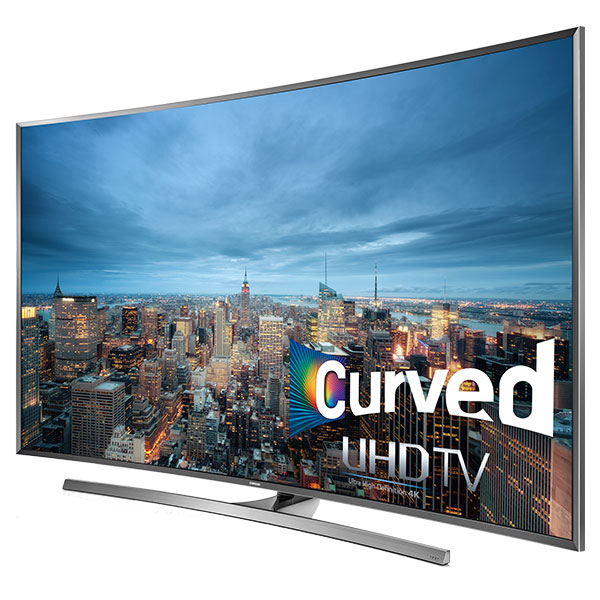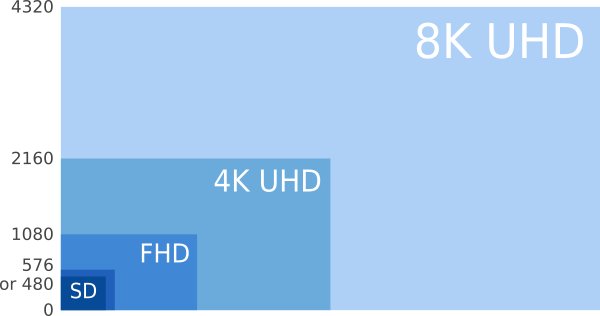Difference Between HD and UHD TV
Key Difference – HD vs UHD TV
HD TV stands for High Definition Television and UHD TV stands for Ultra-High Definition Television. The key difference between HD and UHD TV is that, with UHD TV, it is possible to view videos with much higher resolution (i.e. their images will be much sharper).
What is HD TV?
HD TVs have much higher resolutions than their predecessors, the SD TVs (“Standard Definition Television“). Videos on televisions are displayed as a series of images, with each image composed of grids of a large number of pixels. A higher resolution video is one with a larger number of pixels used to make up each frame, making the image much sharper. Resolutions are usually expressed as the number of pixels in a row × number of pixels in a column. The number of pixels in a row has been often used to characterize the resolution of a television, along with the aspect ratio, which refers to the ratio of number of pixels in a column (a vertical array of pixels): number of pixels in a row (a horizontal array of pixels).
HD TVs usually have aspect ratios of 16:9. A typically “good” HD TV has a video format of 1080p; i.e. it has 1080 pixels in each column of pixels. Here, the letter “p” refers to how the images on the screen are refreshed. In this case, p stands for progressive scan, which means the pixels are refreshed one row after the other. This gives a better viewing experience than a television with video format 1080i, which has an interlaced scanning system. Here, half the rows of pixels are refreshed at once, and the other half are refreshed afterward.
What is UHD TV?
A UHD TV has a resolution even higher than HD TV. Typically, UHD TV also has an aspect ratio of 16:9. There are two main types of UHD TV: 4k UHD TV, with images of 3840 × 2160p and 8k UHD TV, with images of 7680 × 4320p. The “4k” here refers to the fact that there are nearly 4000 pixels making up each row. Note that to characterize UHD TVs, the number of pixels in a row is used, rather than the number of pixels in a column, as with SD TV and HD TV.

Samsung Curved UHDTV
What is the difference between HD and UHD TV?
Plus points UHD TV over HD TV
Pixel Density
From the resolutions, it is clear that a 4k UHD TV has around 8 million pixels in total, whereas a 1080p HD TV has about 2 million. If the size of the screens is similar, this means that the pixel density of the 4k UHD TV is about four times higher than 1080p HD TV. The 8k UHD TV has about 33 million pixels, making them have four times more pixels than even the 4k UHD TVs. The image below shows a comparison of different resolutions of these different types of screens, with the area representing the total number of pixels.

Image Quality
The higher pixel density in UHD TVs helps bring out more details of the images on the screen, making them look richer. This also means that a sharper image can be seen even from relatively further away from the television screen. Also, one could get much closer to a UHD TV screen without having to see the individual pixels.
Content
As of now, a lot of the content broadcast by television channels still not up to the 4k UHD TV standard. This means that the content would not use the UHD TVs’ capabilities optimally. However, there is a growing trend for releasing UHD TV content, with companies such as Netflix and Amazon Instant Video leading the way.
Flipside of UHD TV over HD TV
File Size and File Transfer
One of the flipsides of the UHD TV is that higher quality of images comes with larger sizes. Not only does the storage of UHD TV content take up more space, but in order to transfer data with a high frame rate, the bandwidth of connections also needs to be higher. For instance, HDMI 1.4 cables can only transfer 4k UHD TV videos at a frame rate of about 30 frames per second. The upgraded version, HDMI 2.0, supports transfer rates of up to 60 frames per second.
Price
An obvious disadvantage to UHD TVs is that they are more expensive than their HDTV counterparts. While a 50 inch HDTV typically cost about US$ 500, the 4k UHD TVs could typically cost about US$ 1000.
However, it’s inevitable that UHD TV technology will eventually catch on, much like how HDTV has taken over the traditional SDTV. Eventually, most content may be broadcast on UHD TV, rendering HDTVs incompatible.
ncG1vNJzZmivp6x7pbXFn5yrnZ6YsqOx07CcnqZemLyue8OinZ%2Bdopq7pLGMm5ytr5Wau260w2aYp5xdq8BuwcedZK2uXw%3D%3D